The Xiaomi Mi9 Review: Flagship Performance At a Mid-Range Price
by Andrei Frumusanu on September 13, 2019 9:00 AM EST- Posted in
- Mobile
- Smartphones
- Xiaomi
- Snapdragon 855
- Xiaomi Mi9
Display Measurement
The Mi9 comes with a 6.39” AMOLED panel sourced from Samsung, and features a 2340 x 1080 resolution.
In terms software settings, Xiaomi offers three screen modes; “Automatic contrast”, “Increased constrast” and “Standard”. Amongst the three, the standard setting is targeting the sRGB colour space, whilst the increased contrast is a non-standard gamut wider than DCI-P3 which looks to be the panel’s native gamut capabilities. Amongst the three colour spaces, Xiaomi also offers colour temperature tuning. I noticed that although the UI greys out the colour temperature settings for the Increased Contrast and Standard modes, the customized settings are actually still applied, even though they can only be adjusted when the Automatic mode is selected. For this review I stayed with the “Default” colour temperature pre-set as it was the best amongst the three pre-sets.
We move on to the display calibration and fundamental display measurements of the Mi9 screen. As always, we thank X-Rite and SpecraCal, as our measurements are performed with an X-Rite i1Pro 2 spectrophotometer, with the exception of black levels which are measured with an i1Display Pro colorimeter. Data is collected and examined using SpectraCal's CalMAN software.

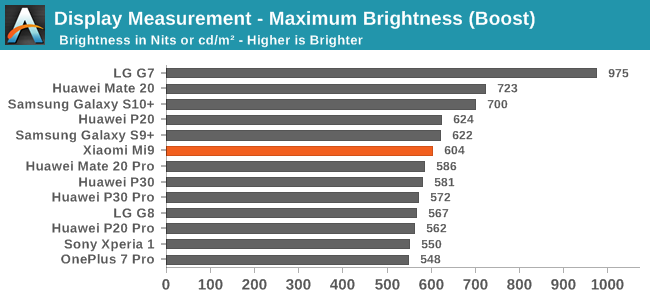
In terms of brightness, the Mi9 is on par with current generation AMOLED devices. At maximum manual brightness, the phone reaches a peak luminosity of 417nits. When in adaptive brightness and under bright environments, the phone goes into a high brightness mode and can reach up to 604 nits on a full screen white.
On the greyscale accuracy test, we’re seeing that the Mi9 is a little bit off in terms of gamma as well as colour temperature. The gamma reaches an average of 2.33 at the 200cd/m² brightness level. We’re measuring this data-point with APL50 and window size of 50%. We notice the gamma figure appears to be more accurate at the maximum brightness measurement set, but that set was performed at APL100, pointing out possible miscalibration of the gamma, something that sadly a very great number of vendors aren’t able to get right.
The colour temperature is also a bit on the warm side, with the reds dominating. This seems to get worse the brighter the panel gets, with white levels at 6463K at 200cd/m² and 6250K at 417cd/m². It’s to be noted that this is something that can be alleviated by the software colour temperature control, however the “Cool” preset is far too cool, and our measurements here are also just unique to the device we have at hand.
Overall, the redish tint might not be too noticeable, however tones will appear slightly darker than they should be due to the higher gamma.

The resulting greyscale accuracy ends up with a DeltaE2000 of 3.00, just at the limit of what should be acceptable.
The standard mode targeting sRGB has relatively accurate saturations and gamut targets. Notice that the increased gamma we measured on the greyscale test here doesn’t appear in the yellow and blue spectrum, albeit present on the mid saturation points of the red channel. Another inaccuracy also seems to be that the blue channel is off hue, causing a larger error also in the magenta colours, besides the whole redshifted gamut.

Still, with a deltaE2000 of 2.03, the results are quite ok and we’ve certainly seen worse from other devices.
I wanted to also showcase the saturations of the “Increased contrast” mode. The above graph targets the DCI-P3 gamut at gamma of 2.2 (Display P3), yet we clearly see that this mode’s gamut goes beyond the aforementioned standard. It doesn’t really adhere to any particular standard, and simply seems to be the OLED panel’s native large gamut with popping colours.
Finally, in the Gretag-Macbeth chart of commonly found tones and skin colours we see the results of the phone’s slightly too high gamma as well as the overall red-shifted colours.

Overall, the phone still managed to achieve a passable dE2000 of 2.68, which is not great, not terrible.
Overall, the Mi9’s screen is in my opinion a good screen. Contrast, brightness and viewing angles are again as usual of an OLED screen very good and the Mi9 doesn’t disappoint in this regard. In terms of colour calibration, the Mi9 did ok, we’ve certainly seen better calibrated devices out there but the Mi9 is also not outright bad. For users looking for the best accuracy I recommend the standard mode and trying to slightly adjust the colour temperature to their liking if they so happen to notice the slight red shift that appeared on our review device.


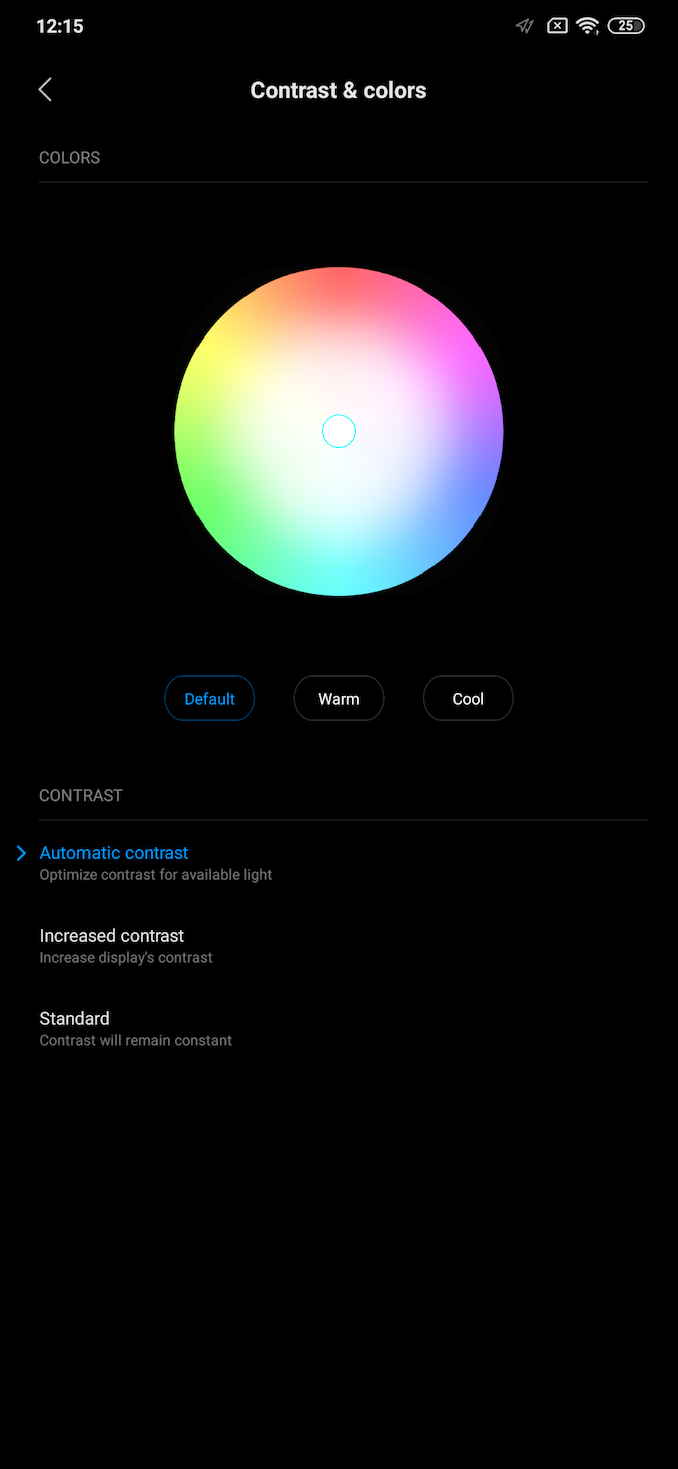
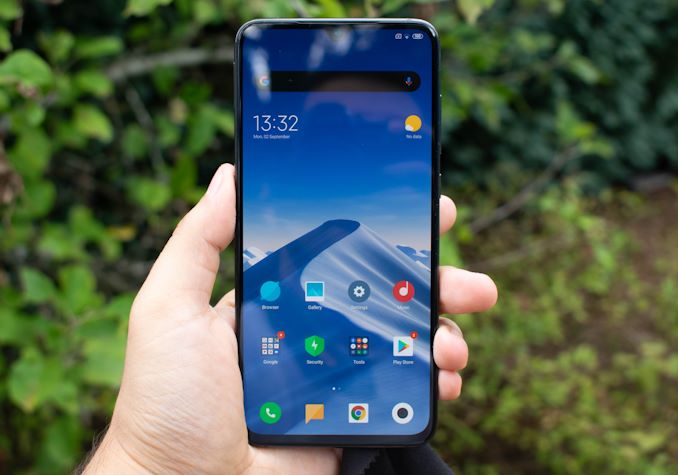


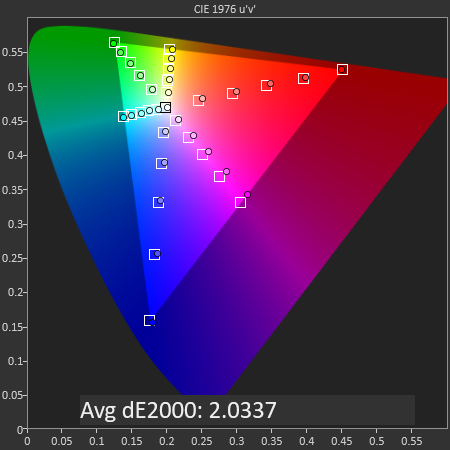
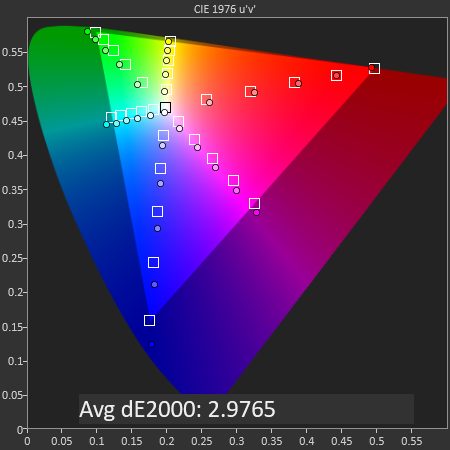
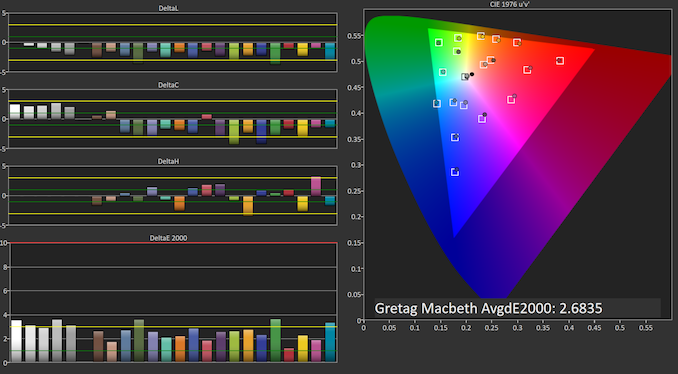








96 Comments
View All Comments
Redmyth79 - Friday, September 13, 2019 - link
What's better, the Mi 9Tpro or K20pro is not close to the Mi 9 in overall performance nor is it a flagship like the Mi 9.The Mi 9 has better display with better glass as well being Gorilla glass 6 vs 5, better DCI-P3 profile and HDR10.
IR blaster, better bands,
Better cameras 16 vs 13 and 12 vs 8
Better cooling and performance overall by far without overheating.
Better camera app.
NFC over the K20pro version yet to fully know on the Mi 9Tpro
The only thing the Mi9t or K20 variant have over the Mi 9 is the battery, everything else the Mi 9 clearly out does them in.
tdrsy - Saturday, September 14, 2019 - link
Would have liked to see how OnePlus 7 pro fares now instead of the likes of Magic, Shark or even G8. Looks like OnePlus 7 pro have quite improved now going by recent comparisons. For example comparison with Note 10+ in review of Note10+ on Gsmarena.Andrei Frumusanu - Saturday, September 14, 2019 - link
Unfortunately currently I don't have the OP7Pro.realbabilu - Saturday, September 14, 2019 - link
I suggest a photoshoot shootout contest 855 series preferably blindfold by readers since the photo results are subjective.Dragonstongue - Saturday, September 14, 2019 - link
blekk @ 3k battery size, they should be using their "standard" 4k or larger, I personally care less at this point if 4nm, 7nm super amazing god ARM cpu...I want/need battery AND 3.5mm with also good speaker quality overall ...nothing like being "forced" to plug in every day if not every couple of hours because they them phone makers to damn @#$ cheap to put good size batteries in
FLAGSHIP devices
that like getting the most $$$$$$$$$$ crazy car you can get, just to see it runs with a gas tank that barely holds 1/2 the amount if reasonably can....
WHY !!!!!!!!!!!!!
sleeperclass - Tuesday, September 17, 2019 - link
As a user of the Mi 9 for a couple of months now. It is Superb. I paid $900 NZD. I jumped on a smartphone pretty late. My first smartphone was a Motorla Atrix 2, then Apple iphone 6 and now the Xiaomi Mi 9. As is evident, I keep my phone for a long time. I have to admit that I got caught into the iOs space and would have loved to continue with Apple. Their eco system is flawless and all of it just works like a charm. It will end up locking you in and the experience is unparalleled but an XR was going to set me back no less than $1400 for a 64gb variant. Prices have dropped as I type this, to $1150 which is pretty good. Getting back to the Mi 9. It took me a while to get myself to buy this phone. The usual and endless You Tubing and Googling on the good and bad of the Mi 9. Impressions were all positive, I took the plunge and I have no regrets. Took a bit to re adjust to Android and its been a big change from my Atrix experience. The phone is snappy to do just about anything. My son hammered it with some gaming and it just flies. I had reservations on the battery and end up with 50% or sometimes more by the end of each day. Definitely not a heavy user. While a bigger battery is good to have, most users won't have a problem with the 3300mAh battery. Charging is fast too with the supplied wired charger. The Camera gets the exposure right for the most part. It does tend to add some saturation to the colors though. Videos are alright but I have seen the occasional stutter during play back while moving the camera. I guess electronic image stabilization can only do so much. Have not tried night mode. The only hardware complaint I have with this phone is the weak external mono audio via that sole bottom mount speaker. Software wise, MIUI can add some irritants via adverts as already reported in the review. It does not come in the way of day to day use. It is only when you use the Cleaner and Security App, you tend to notice advertisements floating around the screen. What I cannot forgive them for, and this has been reported by other Xiaomi users is the little app notifications icons can disappear on the top edge o the screen. It shows once and disappears. Unless you pull down the Notification Drawer, you won't notice the icons or notifications ever again. There has to be a better way to implement this.Al in all, a happy Mi 9 user experience.
NXTwoThou - Tuesday, September 17, 2019 - link
It's the rom. Xiaomi has 3 different roms. Global(10.2.9.0 PFAMIXM), China(10.2.25.0 PFACNXM), and EEA(also known as EU, but not .eu 10.2.26.0 PFAEUXM). They have beta trees, Global(9.5.23) and China(9.9.3). The China beta version is the root of everything that then gets eventually split out into all the others. It typically gets updated every week while the Global beta might be every month and the "official" every few months. I find the version numbering confusing as hell as 9.9.3 is a great deal more advanced than 10.2.25. Things get even more confusing when you look at xiaomi.eu. They basically take the china beta builds, complete the language translations, remove the ads, and do a few tweaks. They have a stable and beta. Beta currently is 9.9.6 and stable 10.2.16.0. Unfortunately they don't keep up with the stable version very much, there's such a push for the weekly beta versions. Honestly, the betas have been incredibly stable. For reference, the notification issue was fixed back in April. Why that's not fixed in the "official" roms, I have no clue except there's no telling how far behind the betas those are. I strongly suggest looking into moving to xiaomi.eu betas if they don't push you out a working "official" build next week along with the MIUI 11 stuff.Jetfire93 - Monday, March 2, 2020 - link
Hey Andrei nice and detailed reviewI just know what is mi sound enhancer and how it affects audio quality and is it different from Snapdragon audio+ equaliser